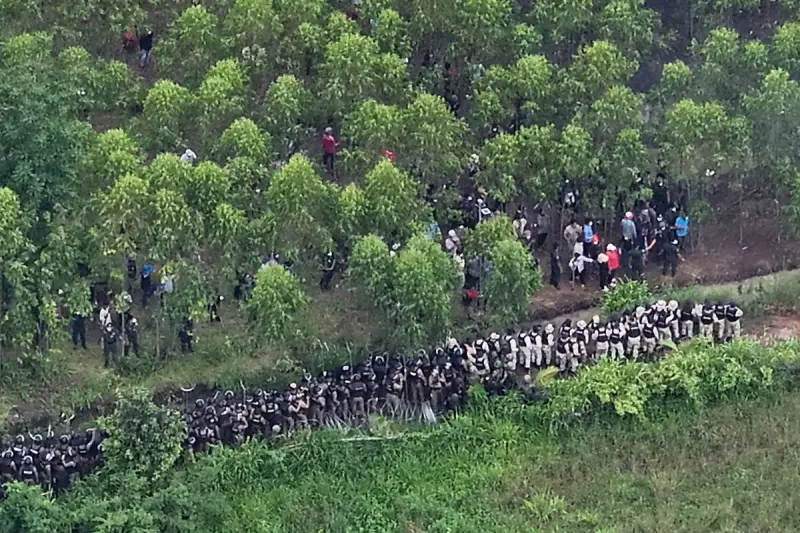
In an extraordinary diplomatic development that has captured international attention, Thailand and Cambodia have officially ended one of Southeast Asia's most persistent border conflicts through a comprehensive peace agreement signed this week.
The historic deal marks the culmination of years of tense negotiations and brings closure to a territorial dispute that has simmered for decades, occasionally erupting into violent confrontations that claimed lives and displaced thousands of civilians from border communities.
Unexpected Mediator Emerges
Perhaps the most surprising aspect of this diplomatic breakthrough involves former US President Donald Trump, who played a crucial behind-the-scenes role in facilitating the final negotiations. Sources close to the talks revealed that Trump's involvement proved instrumental in bridging the final gaps between the two nations' positions.
"The former president's unconventional approach to diplomacy created an environment where both parties felt comfortable making necessary compromises," explained one senior official familiar with the negotiations.
Decades of Tension Finally Resolved
The conflict centred around the Preah Vihear temple, an 11th-century Hindu sanctuary designated as a UNESCO World Heritage site. Ownership of the temple and surrounding territory has been contested since the 1950s, with the International Court of Justice awarding the temple to Cambodia in 1962 while leaving adjacent land ownership ambiguous.
Recent years have seen several deadly clashes between Thai and Cambodian forces stationed along the disputed border, with the most serious fighting occurring in 2011 that resulted in numerous casualties and temporary evacuations of local villagers.
Regional Implications
Regional analysts are hailing the agreement as a transformative moment for Southeast Asian stability. The resolution not only eliminates a persistent security concern but also opens new opportunities for cross-border economic cooperation and infrastructure development.
"This peace deal represents more than just the end of a border dispute—it signals a new era of cooperation between two important ASEAN members," noted Dr. Sarah Chen, Southeast Asia specialist at the London School of Economics. "The economic and security benefits for both nations, and the region broadly, cannot be overstated."
The agreement includes provisions for joint development of border areas, establishment of demilitarised zones, and the creation of bilateral committees to oversee implementation and resolve any future disputes through diplomatic channels rather than military confrontation.
Path Forward
Both governments have expressed commitment to swiftly implementing the agreement's terms, with initial confidence-building measures already underway. The successful resolution serves as a powerful example of conflict resolution through persistent diplomacy and could provide a model for addressing other territorial disputes in the region.
International observers will be closely monitoring the implementation process, with many hoping this breakthrough might inspire similar diplomatic solutions to other long-standing regional conflicts.





